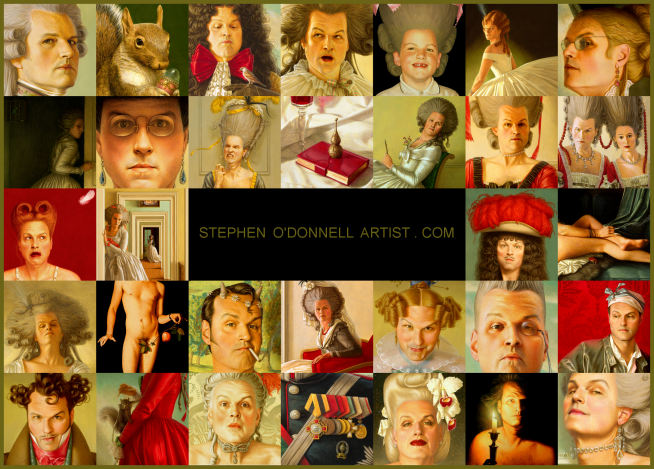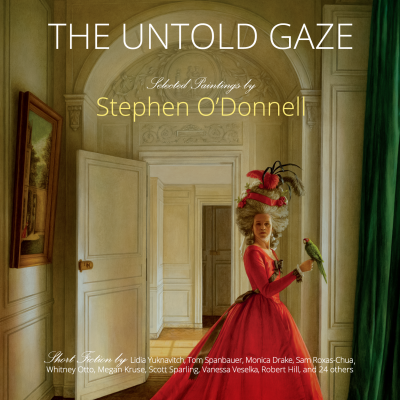 |
| 1879. In the collection of the de Young Museum, San Francisco. |
*
 |
| Circa 1880. In the collection of the Cincinnati Art Museum. |
*
Frank Duveneck (né Decker; 9 October 1848, Covington, Kentucky - 3 January 1919, Cincinnati, Ohio), American figure and portrait painter. His father was Bernhard Decker, a German immigrant who died in a cholera epidemic when his son was only a year old. His mother remarried and he took his stepfather's name. By the age of fifteen he'd begun study with a local painter, Johann Schmitt, and had been apprenticed to a German firm of church decorators. Cincinnati, Ohio, was just across the Ohio River from his home town, but because of his Catholic faith and German heritage, he was considered an outsider by the Cincinnati art community. In 1869, at the age of twenty-one, he went abroad to study at the Royal Academy of Munich with Wilhelm von Diez and Wilhelm Leibl, whose work would greatly influenced his own. He subsequently became one of the young American painters - with William Merritt Chase, John Henry Twachtman, and others - who in the 1870s challenged the traditions of the Hudson River School and popularized a new style of painting characterized by a freer brushwork. His work attracted great attention when shown at the Boston Art Club in 1875; Henry James called him "the unsuspected genius." Pupils flocked to him in Germany and Italy, where he made long visits, and in 1878, he opened a school in Munich. In 1886, he married one of his students, Boston-born, Florence-raised Elizabeth Boott. (The two had been engaged off and on since 1881.) They lived at the Villa Castellani in Florence, had a son together, but she died in Paris of pneumonia only two years after their marriage. The artist was devastated by her death, after which there was marked slowing in his productivity. He returned to America where, a wealthy man, he chose to lead a life of relative obscurity. He taught at the Art Academy of Cincinnati. And in 1905 he was elected to the National Academy of Design as an Associate member, becoming a full Academician the following year. He died in Cincinnati at the age of seventy.






















































